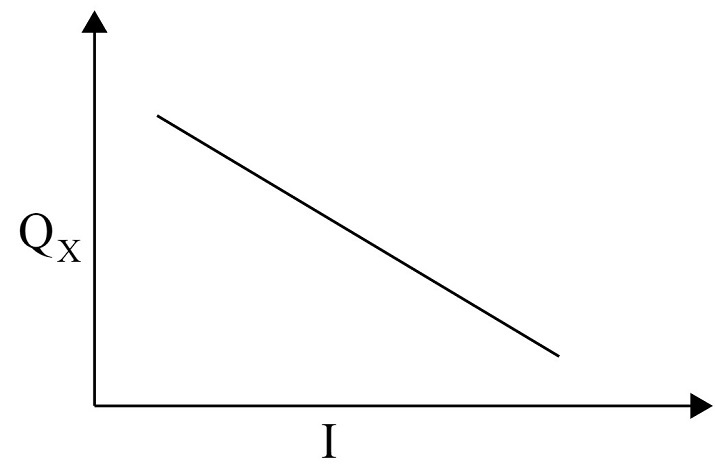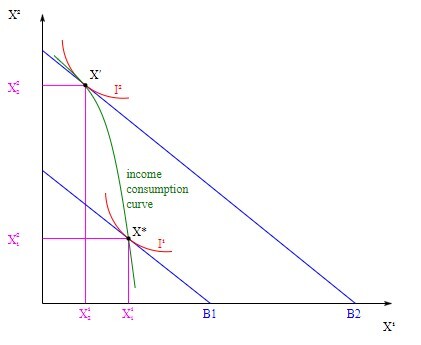
 Data Structure
Data Structure Networking
Networking RDBMS
RDBMS Operating System
Operating System Java
Java MS Excel
MS Excel iOS
iOS HTML
HTML CSS
CSS Android
Android Python
Python C Programming
C Programming C++
C++ C#
C# MongoDB
MongoDB MySQL
MySQL Javascript
Javascript PHP
PHP
- Selected Reading
- UPSC IAS Exams Notes
- Developer's Best Practices
- Questions and Answers
- Effective Resume Writing
- HR Interview Questions
- Computer Glossary
- Who is Who
Inferior Goods: Definition, Role of Consumer Behavior Demand, and Examples
Introduction: What are Inferior Goods?
Inferior goods refer to items that have a negative elastic relationship with demand and wages. When income increases, people tend to buy less of inferior goods. On the other hand, when income decreases, people tend to buy more inferior goods.

One notable aspect that must be considered here is that inferior goods do not imply that the quality of the good is inferior. It just shows the goods' level of demand when wages fluctuate. When the economy is in good shape and income increases, people buy fewer inferior goods but when the economy is not strong and people's income comes down, they buy more inferior goods. This means that the demand and income move in different directions in the case of inferior goods. When one of these factors increases, the other decreases, and vice versa.
Role of Consumer Behavior Demand for Inferior Goods
When the economy is not so good and consumer have less budget, they usually buy products that do not have high utility; people tend to settle on products that are low in price or utility. These goods are known as inferior goods.
| General Demand | Demand for inferior goods goes down with an increase in income. |
| Type of relationship with the demand curve | Inferior goods have a negative or inverse relationship with the demand curve or income changes. |
| Income elasticity | Inferior goods' relation with income elasticity is negative or they move in opposite directions. |
| Price differences | The demand for inferior goods goes up with increasing prices. |

Explanation with Examples of Inferior Goods
| Groceries | Foods bought from stores are common examples of inferior goods. Some examples of inferior goods that are common food items include canned and frozen food items. Other groceries that can be included in the inferior goods list include canned meat, boxed foods, and instant noodles. |
| Transportation | When consumers have less disposable income they often choose public transport, such as buses, trains, and metro (subways) instead of their own vehicles, such as cars. They may also switch to bicycles as bicycles are less costly to purchase and maintain. Also, as the price of pre-owned vehicles is lower than new cars, used cars are also an excellent example of inferior goods. |
| Travel | When people's disposable income is low, they may choose to have a road trip rather than fly to their destinations because road trips cost less than flights. People may also stay in motels rather than hotels to reduce accommodation costs. If they choose to travel, they may buy economy tickets instead of the first class to save money. |
| Name brands | People may tend to shift to generic brands when their disposable income is low. Some products for which people may choose generic brands include food items, beverages, cleaning products, clothing, and pet products. Generic brands for beauty products, shoes, home goods, decor items, and over-the-counter (OTC) medicines may also be considered inferior goods. |
Conclusion
As explained above in the tutorial, goods that have an inverse relation are inferior goods. People buy more normal goods when their income is high and more inferior goods when their income is low.
FAQs
Qns 1. What is an inferior good?
Ans. Inferior goods refer to items that have a negative elastic relationship with demand and wages. When income increases, people tend to buy less of inferior goods. On the other hand, when income decreases, people tend to buy more inferior goods.
Qns 2. How do you understand Inferior and Normal Goods?
Ans. Normal and inferior goods complement one another, yet they are also opposite of each other too. Hence, both can be better understood in terms of utility.

